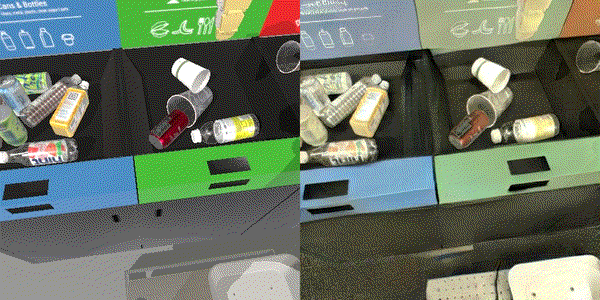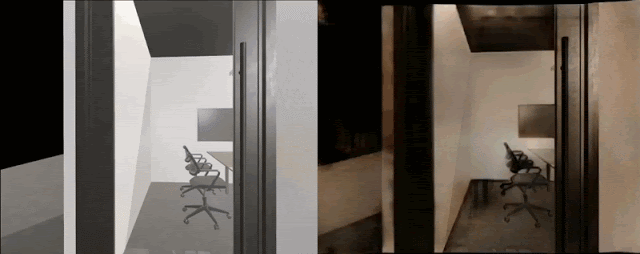Reinforcement Learning
- The goal in RL is to select a policy which maximizes expected return
Reinforcement Learning
Imitation Learning
IDEA: learn from an expert demonstration, rather than a carefully designed reward function.
- Provides prior knowledgde to the system, rather than trial and error.
Imitation Learning
- Behavioral Cloning
- Directly replicating desired behaviour
- Inverse Reinforcement Learning / Inverse Optimal Control
- Learning the hidden objectives of the desired behavior
Challenges
Challenges
- We know the goal, we know some methods, but...
- We still need to deal with the Reality Gap
- Now it's a dynamic environment (more parameters)
- We have physical constraints
- Agents usually must act in the real world
- Sometimes models learn to "cheat" the simulator
- How to reduce the effort to generate coeherent simulations?
Challenges
- Domain randomization might require carefull and task-specific selection of parameters
Closing the Sim-to-Real Loop
- Overly wide distribution might be disadvantageous
- Unrealistic scenarios
- Stress over physical components
- Randomization might be biased by the expertise of the practitioner
Closing the Sim-to-Real Loop
- Start with some initial distribution of the simulation parameters
- Learn in simulation
- Use real world roll-outs of learned policies to gradually change the simulation randomization
Challenges
- Domain adaptation might be useful for general tasks
Grasp GAN
- Pixel-level domain adaptation
- Pseudo-real images correct some sim-to-real gap
- However, multi-pixel features or structures may be arbitrarily modified or removed
Retina GAN
- Retina-GAN involves a CycleGAN
- Strong object semantic awareness through an object detection consistency loss
- Tests object detection feature understanding for robotics applications
Retina GAN

Retina GAN
- Different task and method
- Training on data from three separate RetinaGAN models
- different random seeds and consistency loss weights

Tools
Tools
- OpenAI Spinning Up
Conclusion
Conclusion
- Simulations are important resources for training intelligent agents
- Reinforcement Learning is a powerful technique for this task
- Dynamic environments present new possibilities, but also new challenges
- Simulation platforms keep evolving to support this paradigm - even adding differentiability!